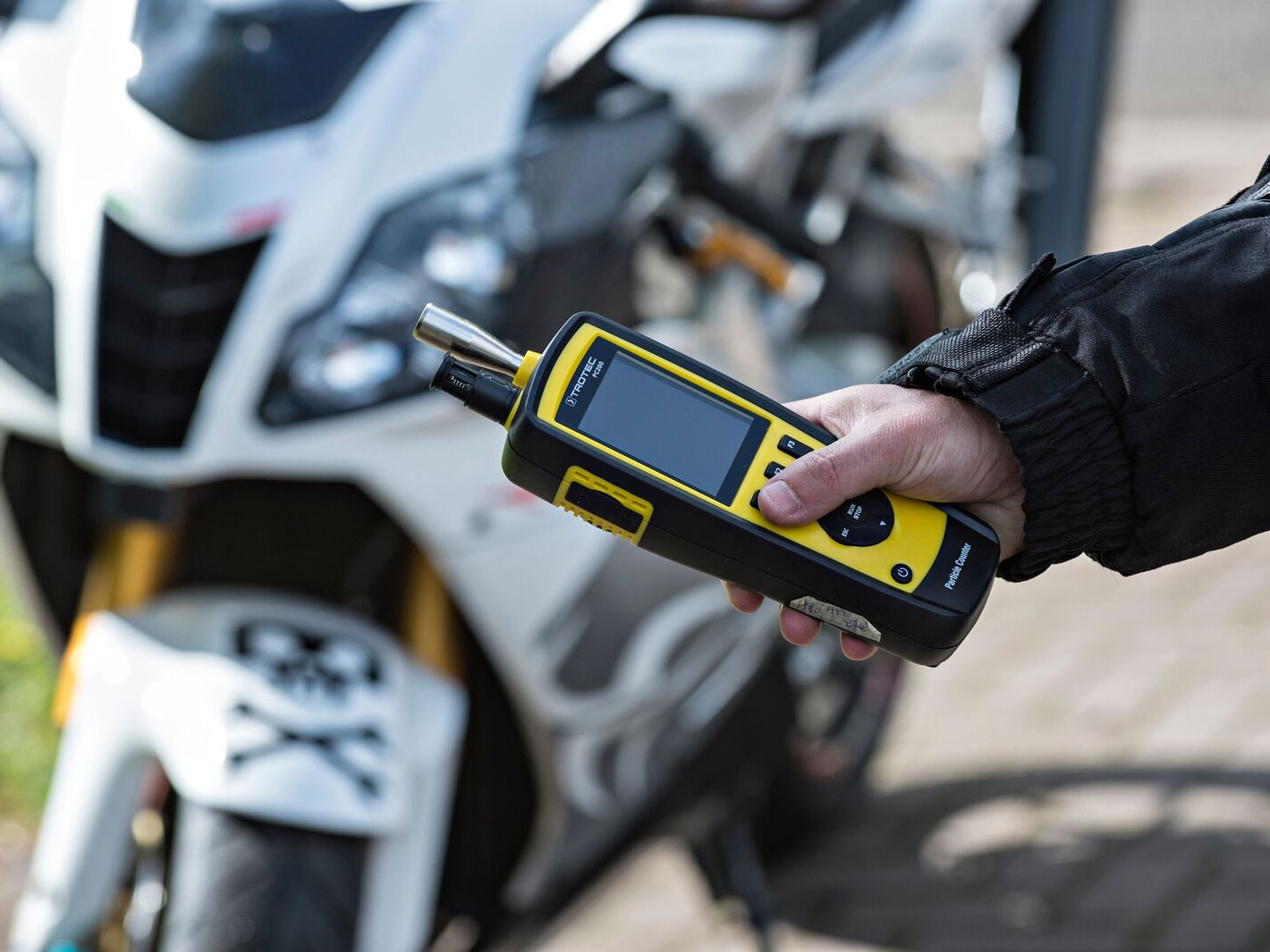It’s time to confront the world’s biggest killer – air pollution
How do you begin to tackle a problem like air pollution? High quality research must lead the way if we are to stand a chance.
Why? Well what if I told you that the air we breathe is claiming lives; not just one or two, but seven million around the world. Air pollution does not just affect those with asthma; it is also a major contributing factor to many illnesses and diseases including cancer, heart disease, diabetes and neurological disorders such as Autism.
This is why I’m working on a new low-cost pollution sensor for pedestrians, cyclists and motorists to help detect and monitor dirty air more effectively. We all breathe the same air, so knowing its quality is paramount.
Raising awareness of PM – an ‘invisible killer’
Particulate Matter (PM), particularly from diesel combustion, can penetrate deep into the lungs causing cancer, other respiratory illnesses, and triggering asthma. The pollutant comes in a variety of sizes and can be composed of many types of materials and chemicals. Examples include dust, dirt, soot, soil, and smoke.
Although PM is monitored, traditional methods are static, expensive and time consuming and they cannot provide a true spatial representation of concentrations or identify risks to specific sections of a population.
To date, there has been little consideration of dynamic PM indicators or inclusion in existing air quality and social health models, so novel methods to identify and model PM exposure and degraded air quality are needed urgently to improve public health around the world.
In fact, the UK is among a number of cities worldwide which are unable to comply with EU legislation and are exceeding PM recommended levels.
My research in the School of Civil and Building Engineering at Loughborough University is testing out a wearable pollution monitoring system with the potential to transform millions of lives.
The Particulate Matter Smart Sensor (PMSS) will alert users to poor air quality and suggest appropriate action including route diversions. Live data will be transferred from the device to smartphones via Bluetooth or an app, and also to cars via GPS, displaying itself in the form of air quality forecast maps and bulletins. The sophisticated sensor will also be able to monitor inside buildings.
With assistance from colleagues at the University of Leicester and the Asian Institute of Technology (AIT Bangkok, Thailand), I’m working hard to raise awareness of air pollution that will ultimately place Loughborough University in a position to enable teaching and further research in this area.
Gathering evidence using mobile sensors
Although there are episodes of poor air quality in the UK and Europe, our exposure is limited and we can escape our urban surroundings to experience a somewhat cleaner environment in the beautiful countryside. But in comparison to some of the major urban centres of the world, like Beijing in China, Delhi in India and Bangkok in Thailand, there is no escape from pollution.
I was lucky enough to conduct valuable research in Thailand recently with colleagues at AIT to investigate the exposure of motorcyclists to poor air quality in Bangkok and rural areas of Thailand.
Armed with a motorcycle and low-cost air sensors I was able to assess and monitor the concentration and levels of particulates and pollutants in the air. As expected in the big cities, motorists and pedestrians are exposed to high levels of toxins generated from fossil fuel combustion on a daily basis.
But my initial results also suggest that rural areas in Asia are just as dangerous to motorists due to everyday burning from cooking and household activities – and this was evident from sensor data, but also via smell, sight and the collection of soot and dust on clothing and skin.
This is where my research comes into full effect; a personal air pollution monitor to enable individuals during high pollution episodes to make the decision to plan their journeys, avoiding busy roads and travelling at off–peak times where possible. They will also be able to limit their exposure to pollution further by gaining enough forewarning to close windows and wear face masks, for example.
By developing new technologies such as air pollution sensors, researchers like me can encourage the population to take responsibility for their health and not suffer in silence. My motivation for this project is to empower people by providing better and quicker information on the state of our most valuable resource – the air we breathe.

